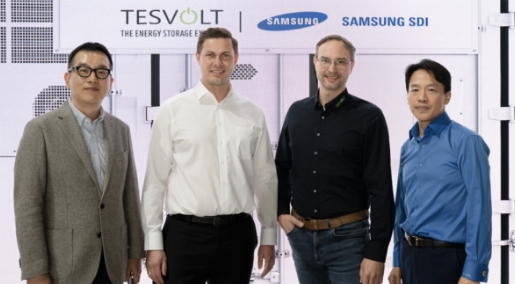
The SBB 1.5 is engineered to integrate seamlessly with various European inverters, ensuring flexibility for diverse applications. Tesvolt emphasizes the system’s focus on cybersecurity and fire protection, making it well-suited for urban environments where safety and reliability are critical. The containerized design simplifies installation and enables efficient deployment in municipal and commercial settings.
A Tesvolt representative stated: “The product’s municipal energy service concept and focus on cybersecurity and fire protection make it particularly suitable for city deployment.” This design prioritizes secure and stable energy management, addressing the needs of urban utilities and businesses seeking sustainable solutions.
The system supports a range of applications, including grid stabilization and energy trading, allowing users to optimize energy usage and reduce costs. Its high-capacity storage is ideal for managing peak loads and enhancing energy efficiency in municipal and industrial operations. The collaboration leverages Samsung SDI’s advanced battery technology and Tesvolt’s expertise in energy storage systems to deliver a robust and economical product.
Manufactured in Tesvolt’s facility in Lutherstadt Wittenberg, Germany, the SBB 1.5 benefits from high-quality components and rigorous safety standards. The system’s modular design allows for scalability, enabling users to adapt capacity to specific requirements. This flexibility, combined with a focus on durability, ensures long-term value for customers.
The partnership between Tesvolt and Samsung SDI reflects a commitment to advancing energy storage solutions for urban and commercial use. By integrating cutting-edge technology, the SBB 1.5 supports the transition to sustainable energy systems, helping municipalities and businesses meet growing energy demands efficiently.
This energy storage solution positions Tesvolt and Samsung SDI as key players in the global push for renewable energy adoption. The SBB 1.5’s emphasis on safety, compatibility, and performance makes it a practical choice for cities and industries aiming to enhance their energy infrastructure while prioritizing environmental responsibility.